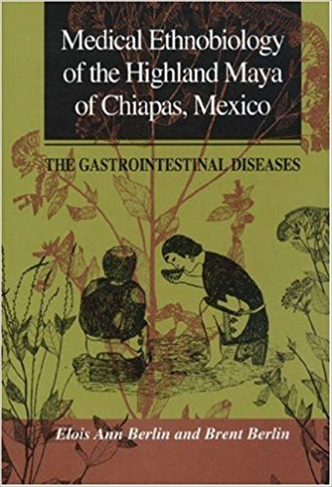The Heart of Mayan Medicine: Plants

The Chiapas shade cuphea, one of the rainforest’s exotic flowers. Photo by Dick Culbert (CC BY 2.0) https://flic.kr/p/fxooDC
Anthropologists Brent and Eloise Berlin with Mayan colleagues cataloged the Mayan medical uses of plants. Their 500-page book on treatments for just gastrointestinal ailments alone was published by Princeton University in 2015. The authors said Mayan knowledge of health and plants could fill 11 more volumes of this size.
The Berlins write that the herb fennel (Foeniculum vulgare) was introduced to the highland Mayan pharmacopoeia by the Spaniards. The Spanish word for fennel is hinojo. In modern times fennel is called inajo and then further reduced to injo. The Berlins believe this reduction toward a Mayan root word shows an early adoption and long familiarity with fennel by the Mayan people. They still use it today for stomach upset.
Fennel is prepared as an herbal tea by boiling the leaves and, at times, the root in preparing the medication for gastric pain. A glassful of the tea is consumed two or three times a day for one to four days.
Another fennel use by the Mayan people today is for increasing milk production in nursing mothers.
Note: Statements about ancient or current Mayan spiritual beliefs and medicinal practices are merely descriptive. No statement is intended as medical advice.

